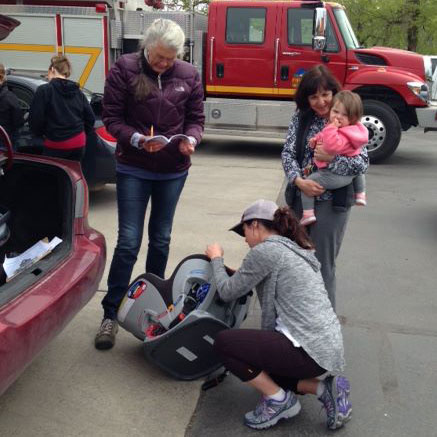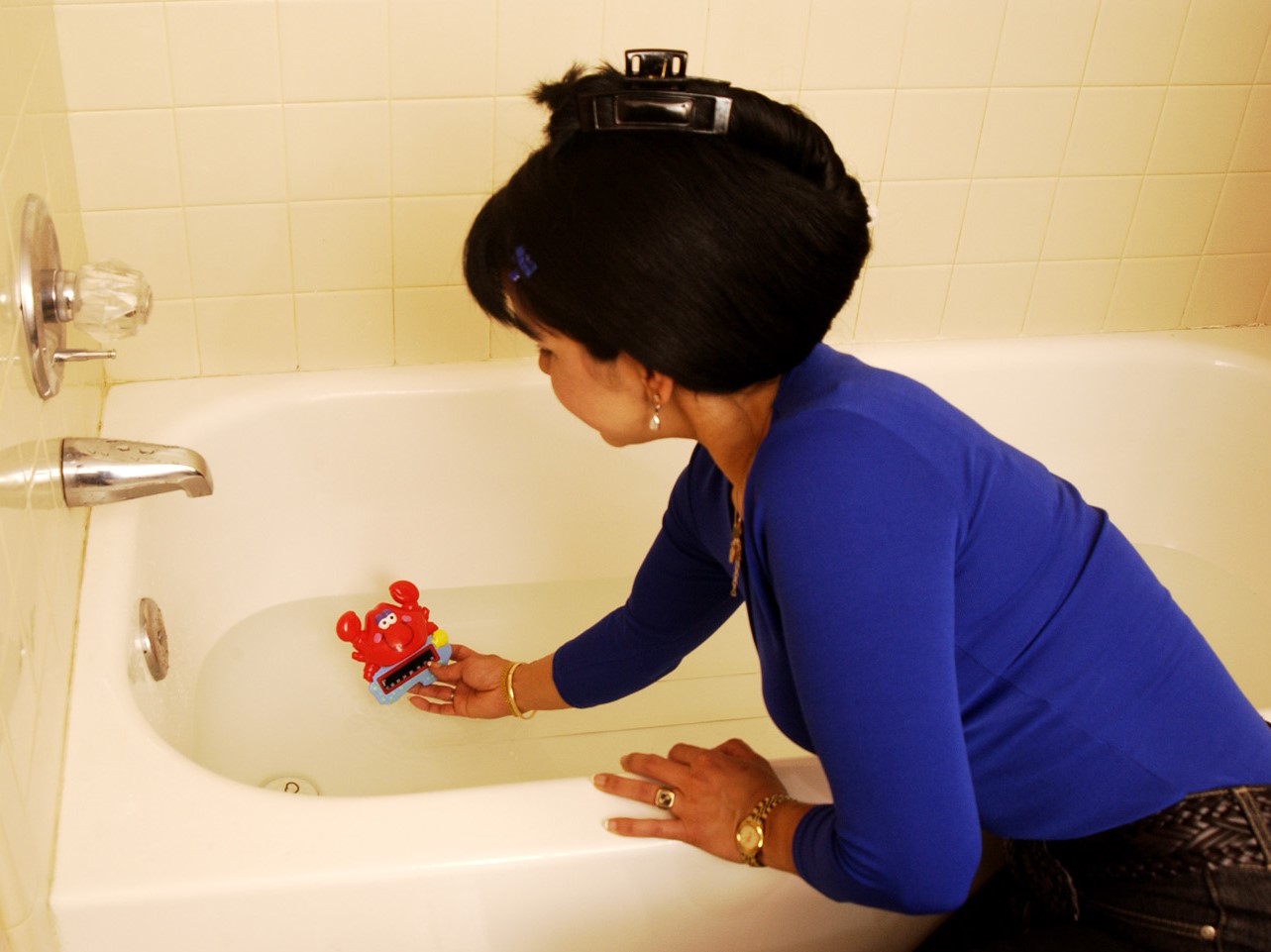Many parents misuse their child restraints and need help to get it right. That is where a Child Passenger Safety Technician comes in handy.
Have YOU ever wanted to help parents and caregivers to learn how to install their car seat and/or booster seats? Have you heard about events where folks get one-on-one personalized instruction on how to safely use their child’s car seat? You can join the team of over 43,000 nationally certified Child Passenger Safety Technicians (CPST) and be that community advocate or resource in your community!
As a CPS technician, you will put your knowledge to work through a variety of activities, including community presentations and/or child safety seat checks where parents and caregivers receive education and direct assistance with the proper use of child restraint systems and seat belts.
Safe Kids Worldwide has a website that gives individuals detailed information on how to become a technician, how to find a technician, and the Ultimate Care Seat Guide. In addition, this website provides resources for those who are techs. Learn more at https://cert.safekids.org/.

